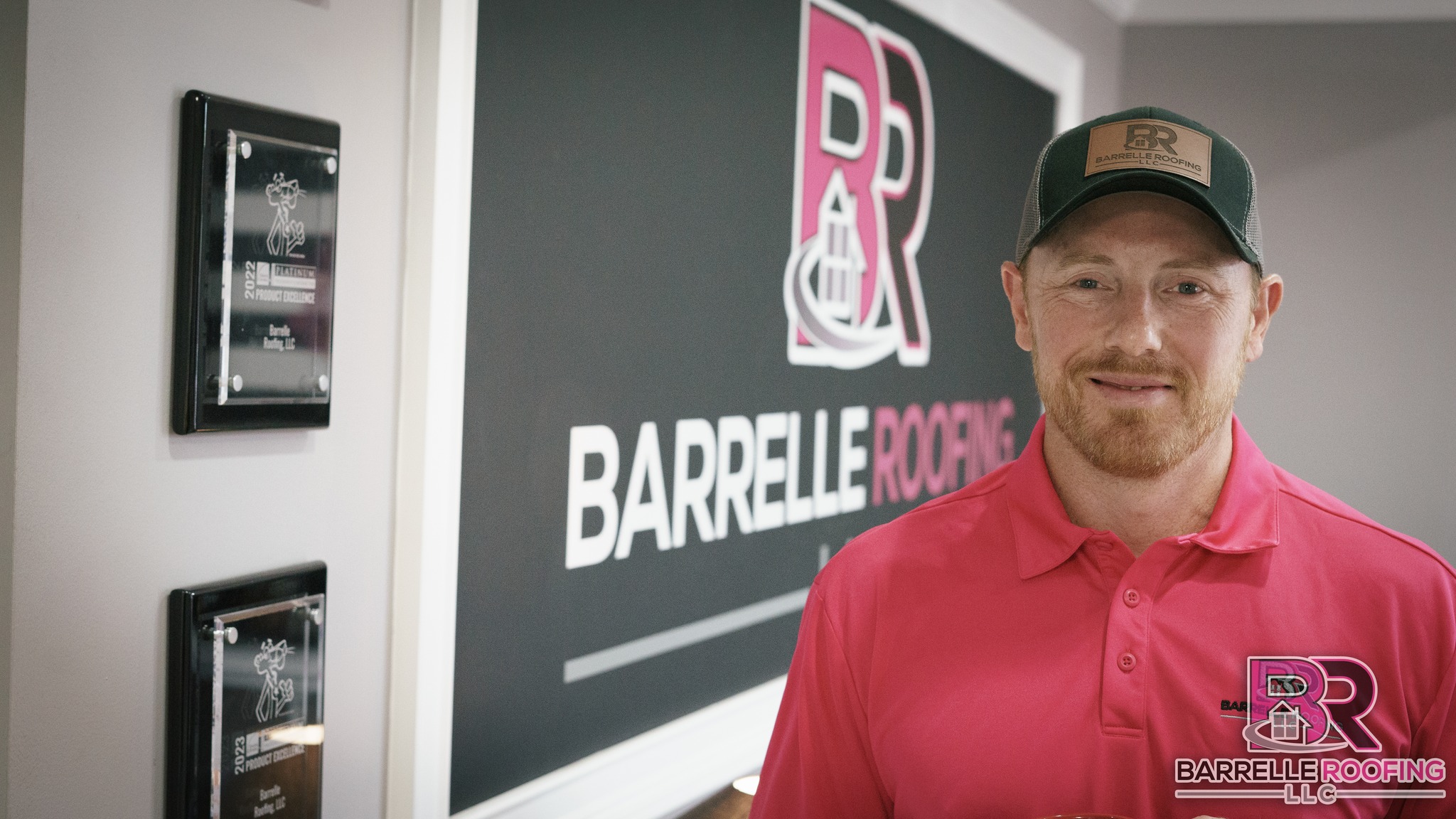
Barrelle Roofing
Roofing FAQ
Frequently Asked Roofing Questions
Here we answer some of your MOST asked questions about your roof and roofing contractors!
Question: What Should I Do If My Roof Has A Leaking Skylight?
Here’s Your
Answer
Roofing FAQ
What to Do If Your Skylight Is Leaking: Fixes and Replacement Options
A leaking skylight can be more than just a nuisance—it can lead to water damage, mold growth, and higher energy bills if not addressed promptly. Skylights are designed to bring natural light into your home, but when they start to leak, they need immediate attention. Whether your skylight is older, poorly installed, or simply worn down from years of exposure to the elements, here’s what you should do to fix the issue—and when to consider a modern replacement.
Step 1: Identify the Source of the Leak
Before jumping into repairs, it’s important to identify the exact source of the leak. Many homeowners assume it’s the skylight itself, but leaks can also come from damaged flashing, surrounding roofing material, or even condensation inside the window. Common signs of a leaking skylight include:
-
Water stains on the ceiling or walls near the skylight
-
Dripping water during or after rain
-
Foggy or discolored glass
-
Cracks in the skylight or flashing
Step 2: Check the Flashing and Roofing Material
One of the most common causes of a leaking skylight is damaged or improperly installed flashing—the metal material that seals the area between the skylight and the roof. Over time, flashing can loosen or corrode, allowing water to seep in. Inspect this area for gaps, rust, or missing sections. If the roof shingles around the skylight are also damaged or missing, this could contribute to the leak as well.
Step 3: Perform Temporary Repairs
If you’re waiting on a professional roofer or contractor, you can take some temporary steps to limit the damage:
-
Use roofing sealant around visible gaps
-
Cover the skylight with a waterproof tarp during heavy rain
-
Place a bucket or towels underneath to catch dripping water
However, these are only short-term fixes. Long-term solutions should be handled by a roofing professional to ensure proper sealing and safety.
Step 4: Decide Whether to Repair or Replace
If your skylight is older (10–20 years), has visible cracks, or has been repaired multiple times, it may be more cost-effective and energy-efficient to replace it altogether. Modern skylights are built with improved materials, better insulation, and advanced leak-prevention technology.
Updated Skylight Options
-
Fixed Skylights – Great for adding light without ventilation. Newer models have improved UV protection and insulation.
-
Vented Skylights – These can be opened manually or electronically to allow airflow. Many modern versions include rain sensors that automatically close the window when moisture is detected.
-
Solar-Powered Skylights – An energy-efficient option that operates using solar energy, reducing your electric bill and offering a tax credit in some cases.
-
Tubular Skylights – Ideal for smaller spaces, these use a reflective tube to channel sunlight into dark corners or hallways without the need for a large window.
Step 5: Call a Licensed Roofing Professional
Ultimately, the best way to address a leaking skylight is to call a licensed and insured roofing contractor. They can assess whether a repair will suffice or if a full skylight replacement is the smarter, long-term solution. A professional installation ensures proper sealing, correct flashing placement, and peace of mind that the issue won’t return with the next rainstorm.
Conclusion:
Don’t ignore a leaking skylight. Small leaks can lead to big problems if left unaddressed. Whether it needs a simple repair or a full upgrade, take action early and consult with a roofing expert to keep your home safe, dry, and full of natural light.
Need A New Roof?
